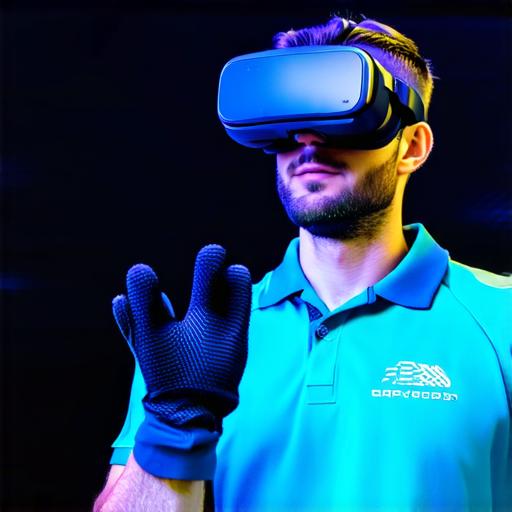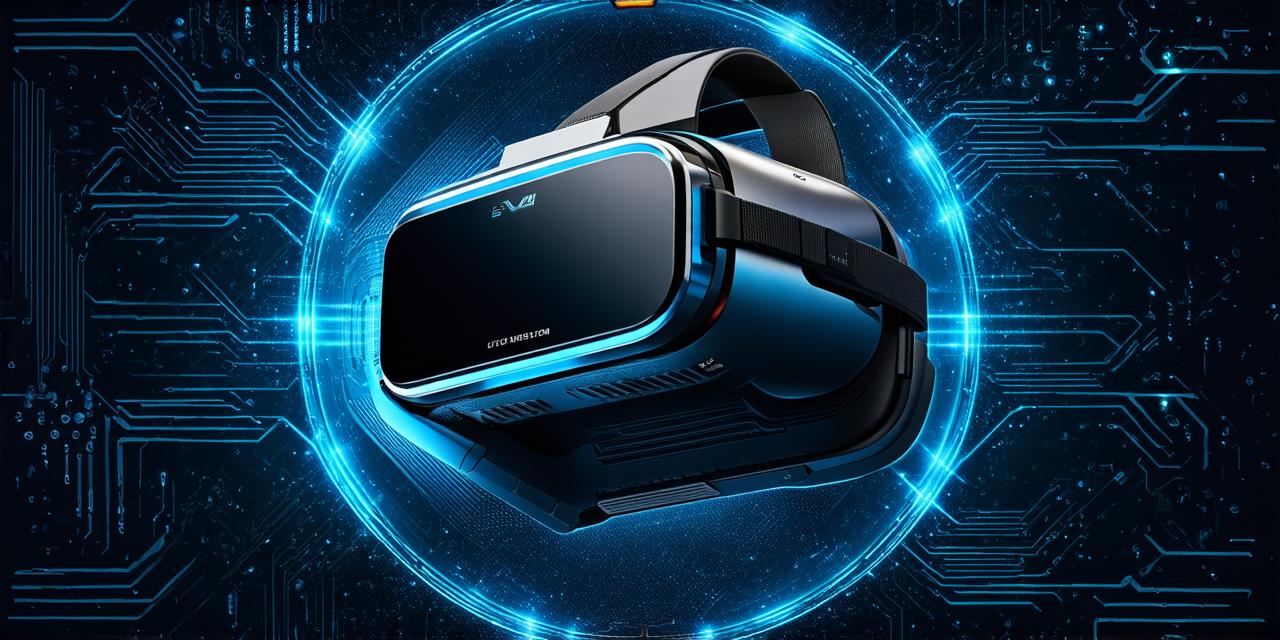Hardware Components of Virtual Reality
Virtual reality (VR) technology is rapidly advancing, and it’s now possible to create immersive experiences that were previously impossible. However, VR hardware can be complex, and understanding the different components and their functions is essential for developers.
In this guide, we will take a closer look at the various VR hardware components and how they work together to create a seamless experience.
Head-Mounted Display (HMD)
The HMD is the most critical component of VR hardware, as it provides the user with an immersive visual experience. It typically consists of a headset and sensors that track the user’s movement and adjust the image accordingly. There are several types of HMDs available, including high-end models like the Oculus Rift and HTC Vive, mid-range options like the Samsung Gear VR, and low-end devices like Google Cardboard.
Input Devices
Input devices allow users to interact with the virtual environment. They can include handheld controllers, gloves, or even full-body suits that track movement. Popular input devices for VR include the Oculus Touch controllers and the HTC Vive wands. Some VR systems also support gesture recognition, allowing users to control objects in the virtual world using hand gestures.
Tracking System
The tracking system is responsible for monitoring the user’s movements and adjusting the image accordingly. It typically consists of sensors that track the user’s position and orientation, as well as cameras that capture the user’s movements. The most common tracking systems are the Oculus SDK and the Unity Input System.
Computer
The computer is responsible for rendering the virtual environment and processing the data collected by the sensors. The more powerful the computer, the smoother and more immersive the experience will be. VR computers typically require high-end GPUs, such as NVIDIA GeForce or AMD Radeon.
Storage Devices
VR games and experiences require a significant amount of storage space, so it’s essential to have adequate storage devices. Popular options include solid-state drives (SSDs) and hard disk drives (HDDs), with SSDs offering faster load times and better performance.
Power Supply Unit (PSU)
The PSU provides power to all the VR hardware components, ensuring that they operate smoothly and efficiently. It’s essential to choose a PSU that is suitable for the VR system you plan to use, as it can significantly impact performance and stability.
How Virtual Reality Hardware Works Together
The various VR hardware components work together in a complex system to create an immersive experience. When the user puts on the HMD, sensors track their movements and adjust the image accordingly. The input devices allow users to interact with the virtual environment, while the tracking system monitors their position and orientation.
The computer is responsible for rendering the virtual environment and processing the data collected by the sensors. It sends this data to the HMD, which displays the adjusted image in real-time. The storage devices store VR games and experiences, which are loaded onto the computer as needed. The PSU provides power to all the VR hardware components, ensuring that they operate smoothly and efficiently.
Case Studies in Virtual Reality Hardware Development
Virtual reality hardware development is a rapidly evolving field, with new technologies and innovations emerging all the time. Here are some examples of successful VR hardware developments:
- Oculus Rift
- HTC Vive
- Samsung Gear VR

Expert Opinions on Virtual Reality Hardware
Here are some expert opinions on virtual reality hardware:
“Virtual reality is not just a gimmick; it’s a powerful tool for training and simulation.” – Dr. Richard Devine, Director of the University of Maryland Institute for Advanced Cybersecurity Studies
“Virtual reality is not just a game; it’s a new way of experiencing the world.” – Jaron Lanier, Author of “You Are Not a Gadget”
Real-Life Examples of Virtual Reality Hardware in Action
Virtual reality hardware is being used in a wide range of industries, from healthcare to entertainment. Here are some real-life examples of VR hardware in action:
- Healthcare
- Entertainment
- Education
Conclusion
Virtual reality hardware is an exciting and rapidly evolving field, with new technologies and innovations emerging all the time. To create an effective VR system, it’s important to understand the various components of VR hardware and how they work together to create an immersive experience. Whether you’re using VR hardware for training, simulation, entertainment, or education, the possibilities are endless. As the field continues to evolve, we can expect to see even more exciting developments in virtual reality hardware in the future.
